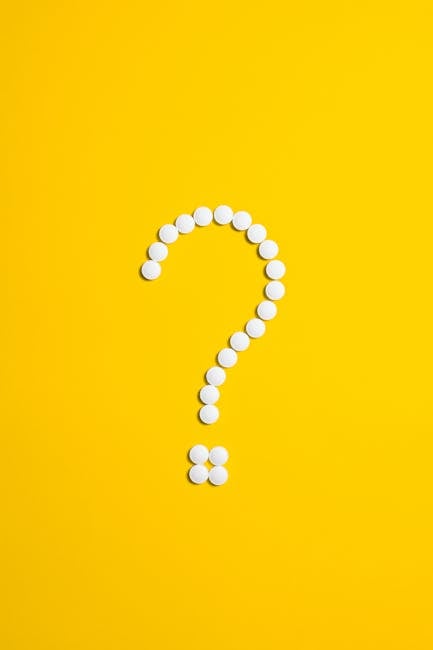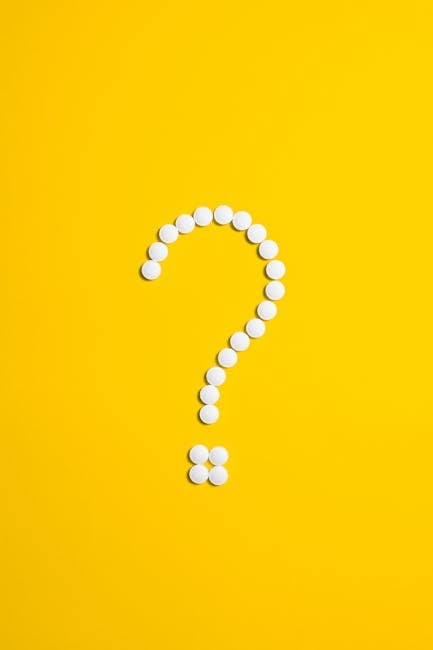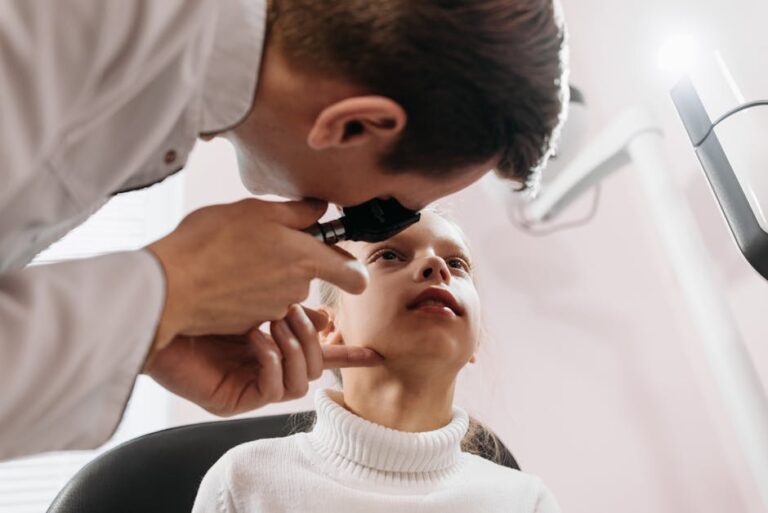Pink Powder Drug: Understanding the Dangers and Risks of Unknown Substances
Pink Powder Drug: Understanding the Dangers and Risks of Unknown Substances
The term “pink powder drug” is a broad and potentially misleading term. It doesn’t refer to a single specific substance, but rather a colloquial descriptor for a variety of powders that may be pink in color. This ambiguity is incredibly dangerous, as the true composition of such powders can vary drastically, leading to unpredictable and potentially fatal consequences. This article aims to explore the dangers associated with consuming unknown substances, focusing specifically on the dangers often linked to the term ‘pink powder drug’.
The Dangers of Unknown Substances
Ingesting any unknown substance carries significant risks. The lack of knowledge regarding the chemical makeup and purity eliminates the possibility of accurately predicting the effects. These effects can range from mild discomfort to severe illness and even death. Crucially, even substances that appear to have similar effects can contain vastly different chemicals with varying potencies and levels of toxicity.

One of the most significant dangers is the potential for accidental overdose. Without knowing the exact concentration of active ingredients, it’s impossible to control the dosage. This is true whether the substance is intentionally consumed or taken accidentally. This risk is significantly amplified when dealing with unregulated and illicit substances.

Furthermore, the lack of purity control presents another serious threat. Many substances sold illegally are often ‘cut’ or diluted with other substances, some of which can be toxic. These adulterants can dramatically alter the effects of the drug, making them unpredictable and potentially more dangerous. The presence of these impurities can also contribute to serious health complications.
Potential Substances Misidentified as ‘Pink Powder Drug’
The term “pink powder drug” is frequently associated with a number of potential substances, though the exact substance is almost never verified. Identifying a substance solely based on color and appearance is unreliable and dangerous. Some substances that might be mistaken for a ‘pink powder drug’ include:
- Synthetic opioids: Certain synthetic opioids might appear as a pink powder. These are extremely potent and highly addictive, carrying a very high risk of overdose and death.
- Fentanyl analogs: Similar to synthetic opioids, fentanyl analogs are potent and often unpredictable in their effects. Even small amounts can be lethal.
- Bath salts: Bath salts are a group of designer drugs that can cause severe psychological and physiological effects. They can also present in various colors, including pink.
- Other unregulated substances: The possibility of encountering entirely unknown and untested chemicals is a significant risk. These substances might have unpredictable and harmful effects.
The Role of the Internet and Social Media
The internet, while offering many benefits, also plays a role in the proliferation of harmful misinformation surrounding substances like ‘pink powder drugs’. Social media platforms can facilitate the sale and distribution of these unregulated substances. Moreover, online forums and groups can perpetuate misconceptions and potentially encourage risky behavior through misinformation and normalization of dangerous activities.

Health Risks and Consequences
Consuming unknown substances can lead to a wide range of severe health consequences, including:
- Overdose: This is arguably the most significant risk, leading to respiratory depression, cardiac arrest, and death.
- Seizures: Certain substances can trigger seizures, even in individuals without a history of epilepsy.
- Kidney failure: Some substances are extremely toxic to the kidneys, potentially causing irreversible damage.
- Liver damage: Similar to kidney damage, the liver can be severely affected by the toxic substances in many unregulated drugs.
- Mental health issues: Many substances can exacerbate existing mental health conditions or trigger new ones, including psychosis, anxiety, and depression.
- Addiction: Many substances are highly addictive, leading to dependence and significant withdrawal symptoms if usage stops.
- Death: The most severe consequence, overdose and toxicity can cause death.
Seeking Help and Resources
If you or someone you know is struggling with substance abuse, it’s crucial to seek help immediately. There are many resources available to provide support and treatment:
- SAMHSA National Helpline: 1-800-662-HELP (4357) – This is a confidential, free, 24-hour-a-day, 365-day-a-year, information service, in English and Spanish, for individuals and family members facing mental and/or substance use disorders.
- National Institute on Drug Abuse (NIDA): Provides information and resources on drug abuse and addiction.
- Local hospitals and clinics: Can provide emergency medical care and referrals for treatment.
- Support groups: Offer peer support and guidance for individuals and their families.
Prevention and Education
The best way to avoid the dangers of ‘pink powder drugs’ and other unknown substances is through education and prevention. Open communication about the risks of drug use is vital, especially for young people. Encouraging curiosity and critical thinking around substances presented online is crucial. It’s important to understand that appearances are deceiving and relying on visual cues alone for identifying substances can be fatal.
Conclusion
The term ‘pink powder drug’ highlights the extreme dangers associated with consuming unknown substances. The lack of regulation, control over purity, and the potential for unpredictable and lethal effects underscores the critical need for education, prevention, and immediate help-seeking when facing substance abuse issues. The consequences of using unidentified substances can be devastating and even fatal. If you or someone you know needs help, please reach out to the resources listed above. Your life is precious, and help is available.
Disclaimer:
This information is intended for educational purposes only and does not constitute medical advice. Always seek the advice of a medical professional for any questions about your particular circumstances. This article does not endorse or encourage the use of any illegal substances.





